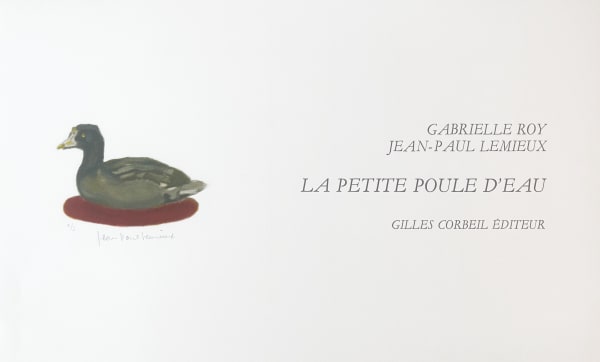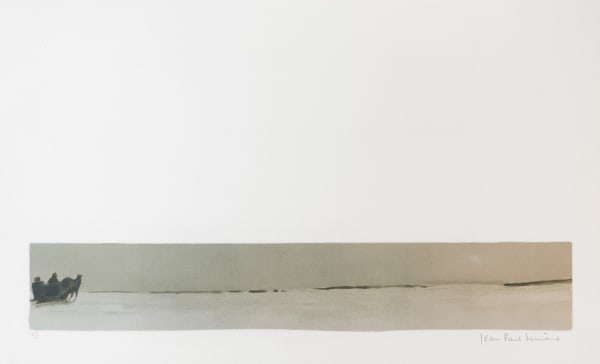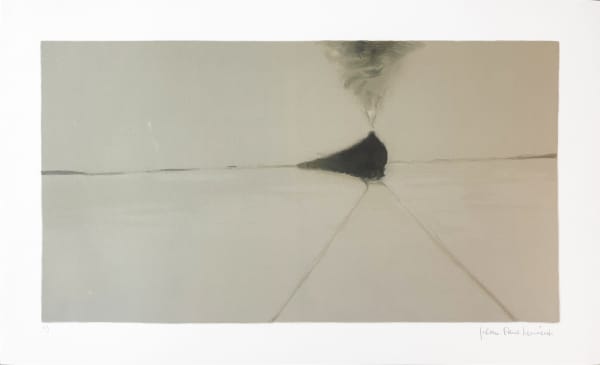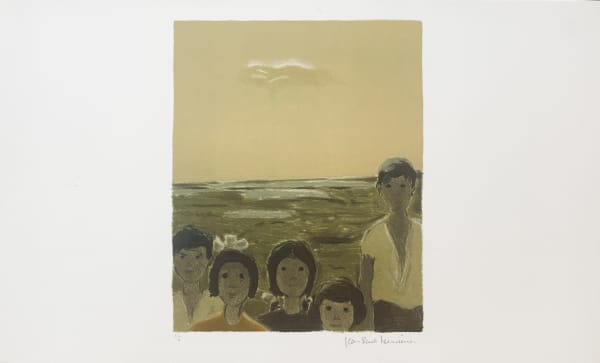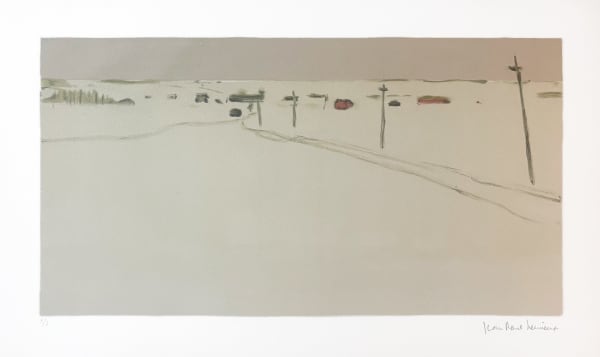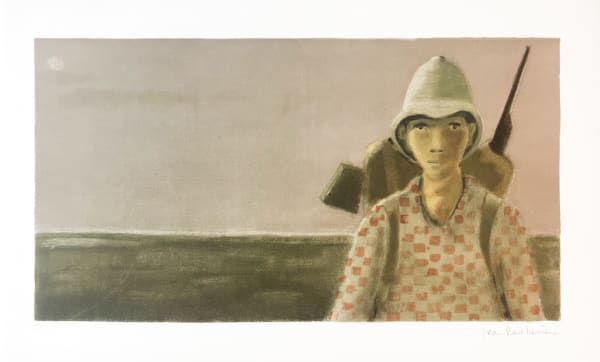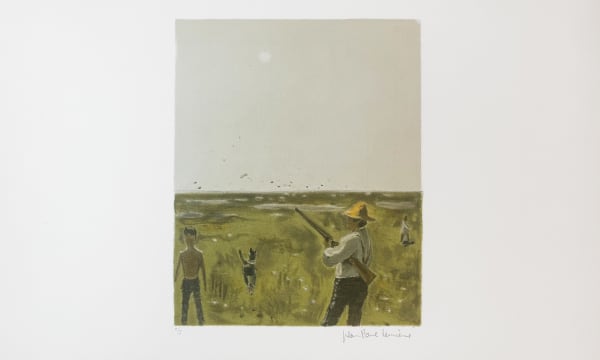Jean Paul Lemieux (1904–1990), painter, illustrator, critic, and teacher, is one of the most significant artists in the history of Canadian modernity.
"I have no theories, and like everyone else who paints, I am never satisfied with my work. I am especially interested in conveying the solitude of man and the ever-flowing passage of time. I try to express in my landscapes and my figures this solitude, this silence in which we all move...in every painting my inner world of recollections. The physical world around me interests me only because it allows me to picture my inner self."
-Jean Paul Lemieux
From 1926 to 1929, Lemieux studied at the École des beaux-arts de Montréal. Upon graduating, he spent a year in Paris, where he studied at the Académie de la Grande Chaumière and Académie Colarossi. He obtained a teaching diploma at the École des beaux-arts in Montreal in 1935. In 1937, he returned to Québec City as a professor at the École des beaux-arts de Québec, where he taught until 1965.
Throughout his career, Lemieux worked in several different styles. He depicted nature scenes in the 1930s, which were influenced by Québec regionalism. In the 1940s, he produced satirical paintings of urban and rural life. In 1955, after a year in France, Lemieux adopted a formal and conceptual approach to his landscapes. The haunting silence and sense of unease of these paintings became, in the 1970s, horrific visions of ruined cities, annihilated by nuclear attacks.


